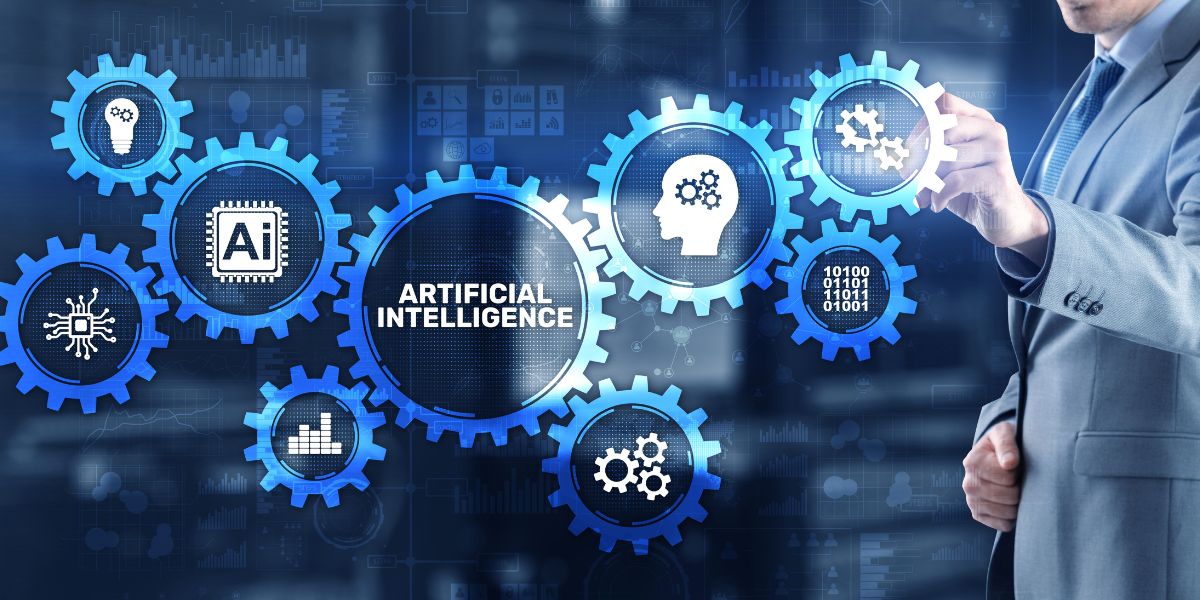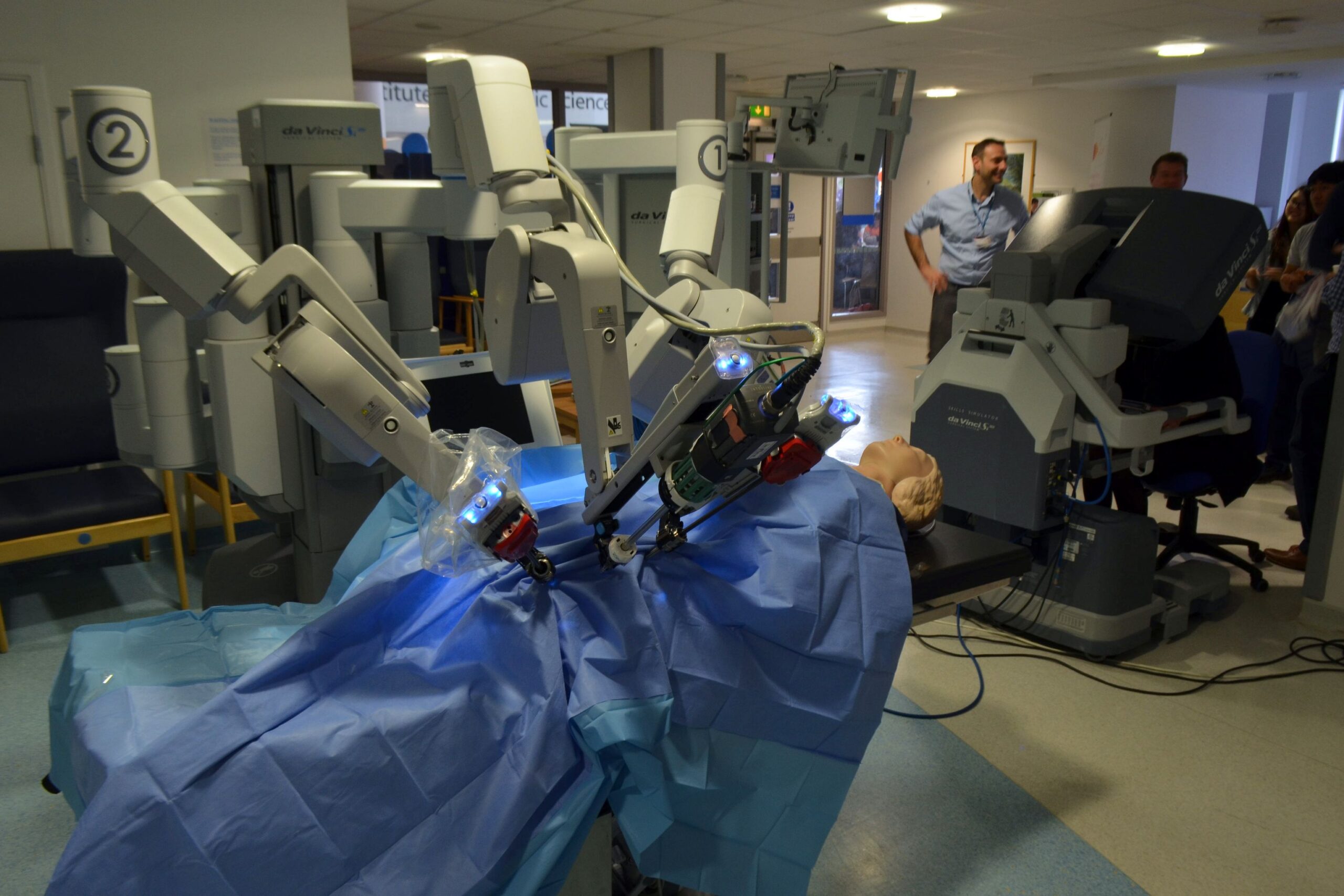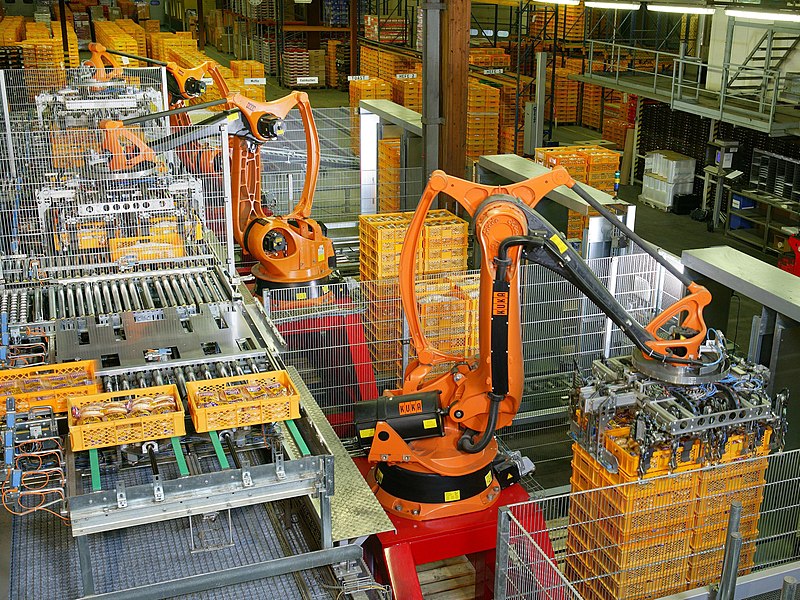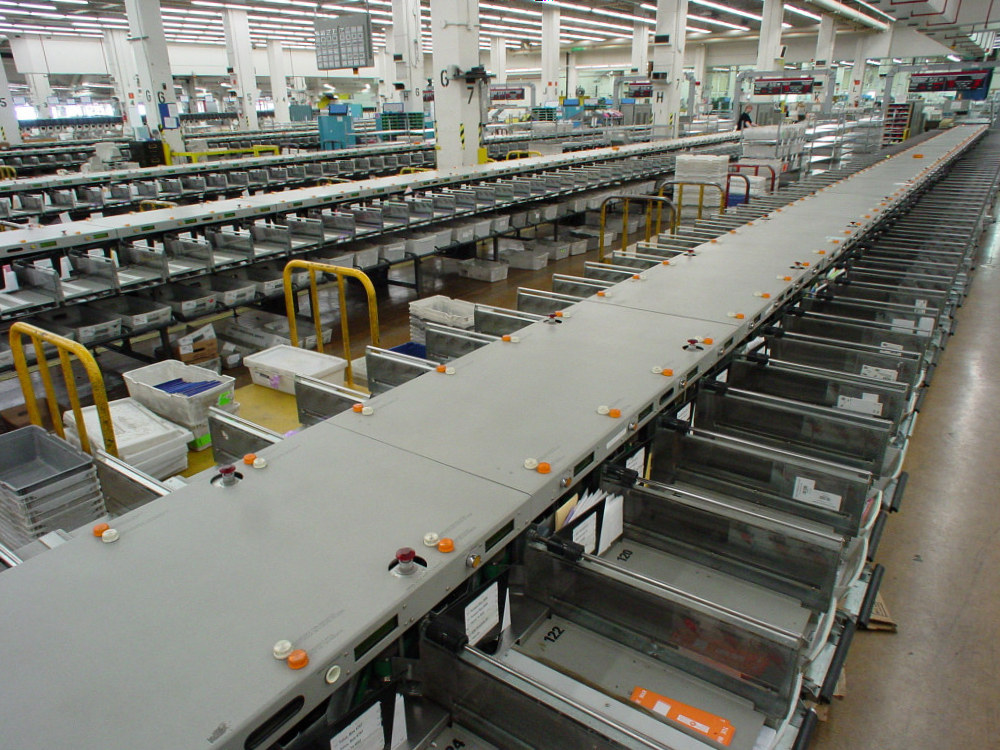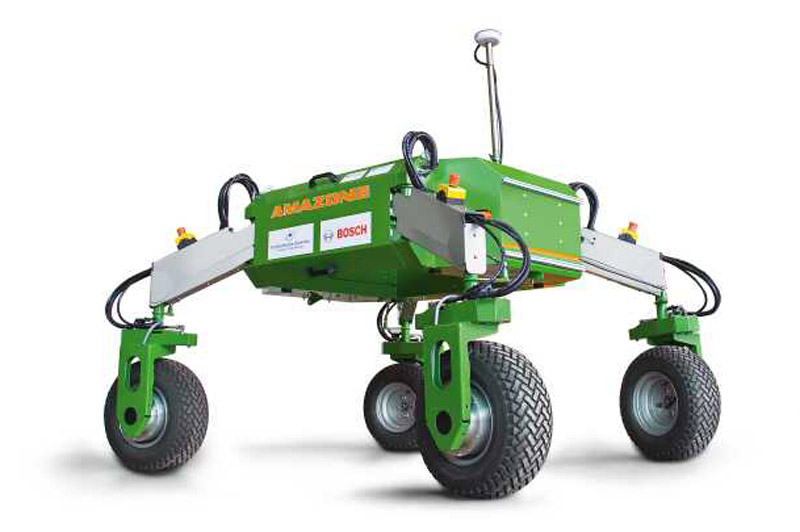Table of Contents
Industry Specific Applications of AI
Some common applications of AI have already been covered in the previous chapter, including military and government applications. This chapter includes industry-specific Applications of AI, which are tangible, numerous, and meant to save money and boost revenue growth. Automating business activities help businesses boost performance, efficiency, and productivity.
AI can also improve speed, quality and accuracy, and reduce errors due to manual input. Some outcomes of AI even go beyond what humans are capable of like sifting through, at great speed, the virtually unlimited amounts of information available today.
According to insights by McKinsey[i], an American global management consulting firm:
- AI has already reached a point where at least 30 percent of supportive business activities can be automated in almost 60 percent of occupations
- Automation through AI can increase productivity by 0.8 to 1.4 percent
- Almost 50 percent of activities, costing businesses $16 trillion in wages, can be automated
- AI has the potential of entirely automating around 5 percent of all occupations
- Highly automatable activities include data collection and processing, and the ones that are highly structured, performed in predictable environments, and involve physical activities
- These jobs in the US make up almost half of the total activities, which cost businesses US$2.7 trillion in wages
- Businesses activities highly susceptible to automation include manufacturing, retail, middle-skill jobs, food services, and accommodation
- Almost 50 percent of business activities can potentially be automated by 2025
- People who might get displaced because of automation will likely have to find other types of employment, which is difficult to foresee presently
- Although the benefits of automation are pretty clear, the issues associated with automating business activities can be complicated for policy makers
Applications of AI in Highly Automatable Sectors
The greatest impact of AI and automation will be seen in data-centric sectors where businesses spend most of the time doing predictable physical work, and collecting and synthesizing data. These sectors include manufacturing, healthcare, finance and insurance, retail, transport, trade, and professional services. AI is less likely to impact jobs that involve unpredictable physical work, managing humans, creativity, and activities that do not involve a lot of data processing and synthesizing.
Asset Management
Use of NLP to extract useful information from unstructured data allows businesses to find patterns and leverage human-to-machine communication using tools like chatbots. These capabilities have many applications in the asset management sector, including portfolio construction, investment strategy, risk management, and client services.
Insurance
Claims processing, risk assessment, fraud detection, and customer services are the fundamentals of insurance, which have remained the same since a long time. Artificial intelligence helps improve each of these and promises to improve customer experience, and efficiently deliver money from claims. AI can identify patterns more effectively than traditional rule-based solutions, accelerate claims processing, automate most of customer services operations, reduce risk of and incidences of fraud, and aid in the decision-making process.
Healthcare
A lot of progress has already been made in the field of healthcare and a paradigm shift is expected in the next decade. From automated diagnosis to patient monitoring and drug discovery, AI is shining in the healthcare sector. AI systems are being used for administration of day-to-day tasks, including medical notes transcriptions using NLP, telemedicine (for non-emergency), robot-assisted surgeries, and vital stats monitoring.
Manufacturing
AI helps manufacturers reduce utility supply costs, improve operational efficiency of assets, reduce unplanned downtime by predicting equipment failure, and most importantly boost OEE (Overall Equipment Effectiveness). Asset performance, utility optimization, and predictive maintenance are the three key areas where AI is improving efficiency and profitability of manufacturers.
Law and Compliance
The ability to process large amounts of data, language in text documents, automated reasoning, and knowledge synthesis makes AI and law a great match. Most of the time of junior law professionals is spent on accessing and collating data. Important methods of using AI in the law and compliance sector include discovery and due diligence, case law, litigation strategy, case law, and compliance.
The legal services sector is one of the largest sectors in the world, which remained tradition-bound and undigitized for a long period of time. However, things are about to change in the near future as more law firms embrace new technologies. The current applications of AI in the sector include contract review and analysis, litigation prediction, legal research, drafting legal documents, due diligence, data analysis, and automation of administrative tasks. Use of AI enables legal practitioners to focus more on core activities, and solving complex cases instead of spending most of their time on administrative matters.
Retail and E-Commerce
AI helps retailers and e-commerce businesses leverage large volumes of data they have and turn it into a competitive advantage. AI provides deep insights that enable businesses to engage and retain their customers. The key areas where AI is already making a big impact include price optimization, content personalization, customer segmentation, fraud prevention, and churn prediction and prevention prediction (churn refers to customers leaving a specific group or subscription).
AI-powered systems can ingest data and identify patterns much better than traditional rules-based systems, which enables retailers to personalize customer experiences. Key benefits of using AI in the retail and e-commerce sector include better recommendations, spam/fake review detection, chatbots, search optimization, and demand forecasting.
Utilities
Information processing is an important element of business models of modern utility companies. The sector is expected to undergo significant changes in the next two decades. AI-enabled systems allow utility companies to process customer data more intelligently, especially companies that use IoT. Key areas where AI can have a big impact in the sector include demand optimization, supply management, customer experience management, and security.
Transport
We are about to enter an era of autonomous and semi-autonomous vehicles as AI transforms the transportation sector. Autonomous vehicles are not the only thing AI is about to change as it is also going to have a profound impact on other areas related to transportation, including fleet management, infrastructure optimization, and control applications like train control, traffic control, and vehicle traffic signaling.
Applications of AI in Other Sectors
A report by Gartner[ii] suggests that 37 percent of organizations and businesses have already implemented artificial intelligence in some form, while a massive 270 percent increase was observed in the last five years by enterprises. Another report[iii] predicts that the AI market (on a year-on-year basis) is expected to grow 54 percent to US$ 22.6 billion, while 95 percent of customer interactions will be AI-powered by 2025.
In addition to the core use cases of AI in highly automatable sectors as covered above, AI is also helping other sectors simplify human efforts and make better decisions. Most of these sectors are data driven, so the possible use cases are wide ranging with efficient data processing at the core. AI and predictive analysis promise to yield better results across almost all sectors and we are already seeing great advances in some fields as covered below.
Robotics
Advances were being made in the field of robotics even before AI became widely known. AI has accelerated the innovation process and is helping create more efficient robots, especially in the packaging and manufacturing industries. AI-powered robotics focuses on developing robots that can perform human-like tasks and learn on their own, which allows robots to act intelligently according to varying situations. Use cases of robots include healthcare, agriculture, warehousing, supply chain, and inventory management.
Human Resources
Businesses are using AI in different HR activities, including employee data analysis and placing them with the most suitable teams, assigning projects to the most suitable employees, feedback collection, and building a productive work culture. AI also plays an important role in the recruitment process. NLP enables organizations to sift through thousands of resumes in no time and automatically screen eligible candidates, which significantly reduces the time and effort required to do the same job manually, and improves the hiring cycle efficiency.
Customer Services
Although many view it as a negative change, AI has revolutionized many processes that were once run only by humans. AI is changing the way businesses and organizations are responding to customer queries, enabling them to do more in less time with higher accuracy. Chatbots are one example of how AI is transforming customer services, which use NLP to interact with the customer and handle multiple queries simultaneously. The more these AI-powered chatbots interact with humans, the better they learn and make machine-human communication more effective.
Packaging
Machines that rely on traditional software have to be programmed for every step for any given task such as picking up a box or the amount of pressure needed to hold a package. AI reduces the amount of coding needed to do these tasks and saves developers from having to program new code for every task. AI-powered packaging machines can develop their own solutions according to the task at hand, offering greater agility to businesses. Similarly, AI also makes inspection, labeling, and recycling systems more efficient and gives businesses a competitive advantage.
Education
Millennials and Gen Z have grown up with technology at their fingertips and are not familiar with the concept of lining up outside a library to photocopy Encyclopedia pages. AI has gradually paved its way inside the education sector and has many applications, including personalized learning, automated grading, and automation of administration tasks.
Media and Entertainment
The media and entertainment industry is using AI with an aim to enhance their customer experience and improve the quality of their services. AI applications that are transforming the industry range from simple tasks like data classification to more complex tasks like automation of reporting and journalism. The role of AI in the sector is only expected to grow in future, thanks to millions of pieces of content created each minute and the need for efficiency to deal with such massive amounts of information.
News Publishing
AI has been making waves in the news publishing and journalism sector, which is using it to uncover information from different channels, find patterns, and uncover useful information. Advanced algorithms sift through enormous piles of press releases, social media posts, blog posts, videos, and unstructured data to speed up delivery of news and latest developments. Some outlets are even using AI to generate complete articles from scratch e.g. Forbes is using Bertie (for suggesting titles and content) and The Washington Post is using Heliograf, which can generate complete articles.
Deep Fake Detection
Deep fake generally refers to superimposing image of the one person onto a video of another person to make the video look like the original. However, in a broader sense it also includes lip-sync (mouth movements are made consistent), and puppet-master (follows the eye and head movements, and facial expressions).
There are many tools and platforms available to detect deep fakes, including Video Authenticator by Microsoft. Different techniques used to detect deep fakes include facial movement analysis, viseme mismatches, and Recurrent Convolutional Strategy in which temporal information is used from image streams.
Music
The use of AI in the music industry has become sophisticated over time and the three main applications of AI currently being used include music composition, streaming, and monetization. Music streaming services like Spotify and Pandora use AI in their recommendation engines to suggest relevant content based on user activity, history, and personal preferences. The use of AI is expanding far beyond recommendation engines and advances are being made in other areas including content development automation, and music composition.
Gaming
Video game development has benefited a lot from the advancements in the field of AI and most of today’s games have components powered by artificial intelligence. A good example are the enemies faced within many games – they are often powered by an AI that controls their movements, tactics, and decisions. AI uses large volumes of data to create scenarios, actions, and motives. Gamers are no longer only interested in illustrations and want realistic and true-to-life gaming experiences. AI helps developers add ‘smartness’ to their games and make them more interactive, fun, and challenging.
Space Exploration
AI and space exploration are a great match for each other due to the amount of data and data points involved. We have only managed to discover a fraction of the universe so far, and there is still a lot left to be explored. There are many ways AI is helping explorers and scientists achieve their goals and explore the wonders of the universe. Different applications of AI in space exploration include mission design and planning, satellite data processing, astronaut assistants, collision avoidance, and navigation systems.
Agriculture
Applications of AI in the agriculture sector include crop and soil health monitoring, weather forecasting, predictive analysis, precision farming, agriculture robotics, and pest detection systems. AI is helping farmers move to precise cultivation for higher yields using fewer resources. The main purpose behind using AI in the agriculture sector is to increase accuracy, performance, flexibility, and cost-effectiveness. Use of these technologies is going to play an important role in the future as the consequences of climate change become more pronounced.
Investment and Trading
From portfolio risk management to AI-generated banking advice and automated savings, financial institutions are embracing AI and integrating it into their investment and saving strategies. Compared to conventional stock market analysis methods that focus on specific market segments and data points, AI-powered solutions have the ability to deal with a lot of data points that are being generated on a minute-to-minute basis.
Time is money and financial institutions cannot afford to spend too much of it on manually entering data points and analyzing data. Even low-level investors can leverage AI to make smarter decisions. For example, Acorns investing app can analyze weekly transactions and tailor a saving strategy that fits users’ unique needs.
Logistics and Supply Chain
Speedy operations, decision-making and continuous improvement is pivotal in reducing cycle-times in the logistics sector. A high level of machine automation is needed as complexity of global supply chains increases and margin for error shrinks. AI and ML is already changing how the industry works with benefits of AI-enabled systems ranging from accurate inventory management to reduced operations costs and warehouse efficiency. AI delivers unprecedented value to logistics and supply chain operations, provides end-to-end visibility, and actionable analytical insights.
Maritime
The maritime industry accounts for almost 90 percent of world trade and is the main driving force behind the global economy. The industry has been conservative when it comes to use of modern technologies like AI, but things are slowly changing for good. Modern maritime companies have started realizing the potential of AI and are embedding it into different functions, including document processing, port services, unmanned vessels, and safety improvement.
Manufacturing
AI and machine learning help manufacturers increase operational efficiency, customize product designs, reduce the product launch cycle, and plan future strategies. A study by Capgemini[iv] shows that more than 50 percent European, 30 percent Japanese, and 28 percent US manufacturers are already using AI-enabled solutions with maintenance (29 percent) and quality (27 percent) being on the top of the list. Common AI applications in the sector include design customization, product development, logistics optimization, price forecasting, robotics, quality assurance, and process optimization.
Hospitality
Use of AI in the hospitality sector has been steadily gaining traction in the last decade and although still not fully mature, businesses are already taking advantage in many areas. From in-person customer services to chatbots, virtual reality, and augmented reality, AI is helping companies develop intelligent systems that surpass customer expectations and offer them personalized, interactive experiences[v].
Marketing and Advertising
AI is becoming a key element of modern digital marketing strategies. It allows marketers to engage with the target audience at an individual level and find new opportunities. Some major applications of AI in the sector include AI-powered Pay-per-click (PPC) marketing, personalized web experiences and customer services, content creation, e-mail content curation, churn prediction (customers leaving or unsubscribing, gaining customer insights, automated speech/text/image recognition, programmatic advertising, and marketing forecasting[vi].
Cybersecurity
AI is already being used or heavily considered in different areas related to cybersecurity. Some key areas where AI is making a real difference include botnet detection, fraud detection, threat exposure, breach risk detection, incident response, and control effectiveness. AI helps cybersecurity professionals improve security posture and minimize breach risk, and effectively manage the most common cybersecurity threats. These common threats include malware, data breach, phishing, SQL injection, DoS attacks, insider threats, and advanced persistent threats[vii].
Social Media
AI has influenced social media in a big way and has become essential in its functioning. In addition to sorting and filtering groups based on different criteria, other key applications of AI in the sector include big data analysis, finding and tagging inappropriate content, preventing bots from scraping data, automated moderation, ML advertising, social insights, social selling, and advertising[viii].
Art and Creativity
Creativity is considered to be unique to humans, but today’s AI-powered applications have become more creative than ever and are becoming pretty good at it. Researchers have built many AI-enabled tools able to create art[ix]. Most of these tools use Generative Adversarial Networks (GANs) and its variations. Some examples of these tools include ArtBreeder, Deep Dream Generator, Deepart.io, Playform, GauGan, and Sketch.
Banking
Banks have adopted AI-enabled solutions to detect credit card fraud and other anomalies, and provide automated customer support. AI helps banks detect patterns by tracing endpoint access and usage, and transaction behaviors. Many banks like the Royal Bank of Canada have embedded AI functionality into their mobile apps and support for voice assistants like Siri[x]. This allows users to transfer money to someone by simply saying something like ‘Hey, Siri, transfer $50 to James’ and confirming the transfer through Touch ID. Other popular applications of AI in the banking sector include risk management, data collection and analysis, and data security.
Conclusion
AI has been around for decades, but in recent years its presence has dramatically risen. The unprecedented surge in AI and ML research is revolutionizing industries and new applications are enabling different sectors to solve complex problems, and come up with better solutions. Applications of AI not only increase business efficiency, but also improve the overall human experience.
AI has taken the lead and is becoming one of the most significant drivers for transforming technology. Intelligent machines that can anticipate and understand what the users want are opening up endless possibilities for almost all industries and changing the business landscape. Whether we open our Facebook feed or book a trip online, AI is all around us and playing an active role in our lives, often working quietly in the background.
[i] A FUTURE THAT WORKS: AUTOMATION, EMPLOYMENT, AND PRODUCTIVITY”. Retrieved from https://www.mckinsey.com/~/media/mckinsey/featured%20insights/Digital%20Disruption/Harnessing%20automation%20for%20a%20future%20that%20works/MGI-A-future-that-works-Executive-summary.ashx
[ii] “Gartner Survey Shows 37 Percent of Organizations Have Implemented AI in Some Form”. Retrieved from https://www.gartner.com/en/newsroom/press-releases/2019-01-21-gartner-survey-shows-37-percent-of-organizations-have
[iii] “Forecast growth of the artificial intelligence (AI) software market worldwide from 2019 to 2025”. Retrieved from https://www.statista.com/statistics/607960/worldwide-artificial-intelligence-market-growth/
[iv] “Scaling AI in Manufacturing Operations: A Practitioners’ Perspective”. Retrieved from https://www.capgemini.com/wp-content/uploads/2019/12/AI-in-manufacturing-operations.pdf
[v] “How to use Artificial Intelligence in the Hospitality Industry”. Retrieved from https://www.revfine.com/artificial-intelligence-hospitality-industry/
[vi] “8 Ways Intelligent Marketers Use Artificial Intelligence”. Retrieved from https://contentmarketinginstitute.com/2017/08/marketers-use-artificial-intelligence/
[vii] “5 Amazing Applications of Deep Learning in Cybersecurity”. Retrieved from https://www.infocyte.com/blog/2019/08/13/5-amazing-applications-of-deep-learning-in-cybersecurity/
[viii] “5 WAYS AI HAS MASSIVELY INFLUENCED SOCIAL MEDIA”. Retrieved from https://social-hire.com/blog/small-business/5-ways-ai-has-massively-influenced-social-media
[ix] “Artificial Intelligence and the Arts: Toward Computational Creativity”. Retrieved from https://www.bbvaopenmind.com/en/articles/artificial-intelligence-and-the-arts-toward-computational-creativity/
[x] “Five Application Scenarios of AI in Banking”. Retrieved from https://www.finextra.com/blogposting/20158/five-application-scenarios-of-ai-in-banking

